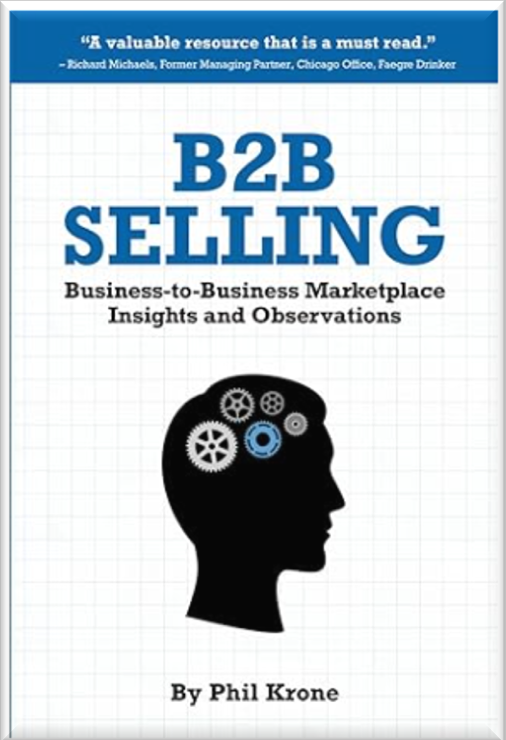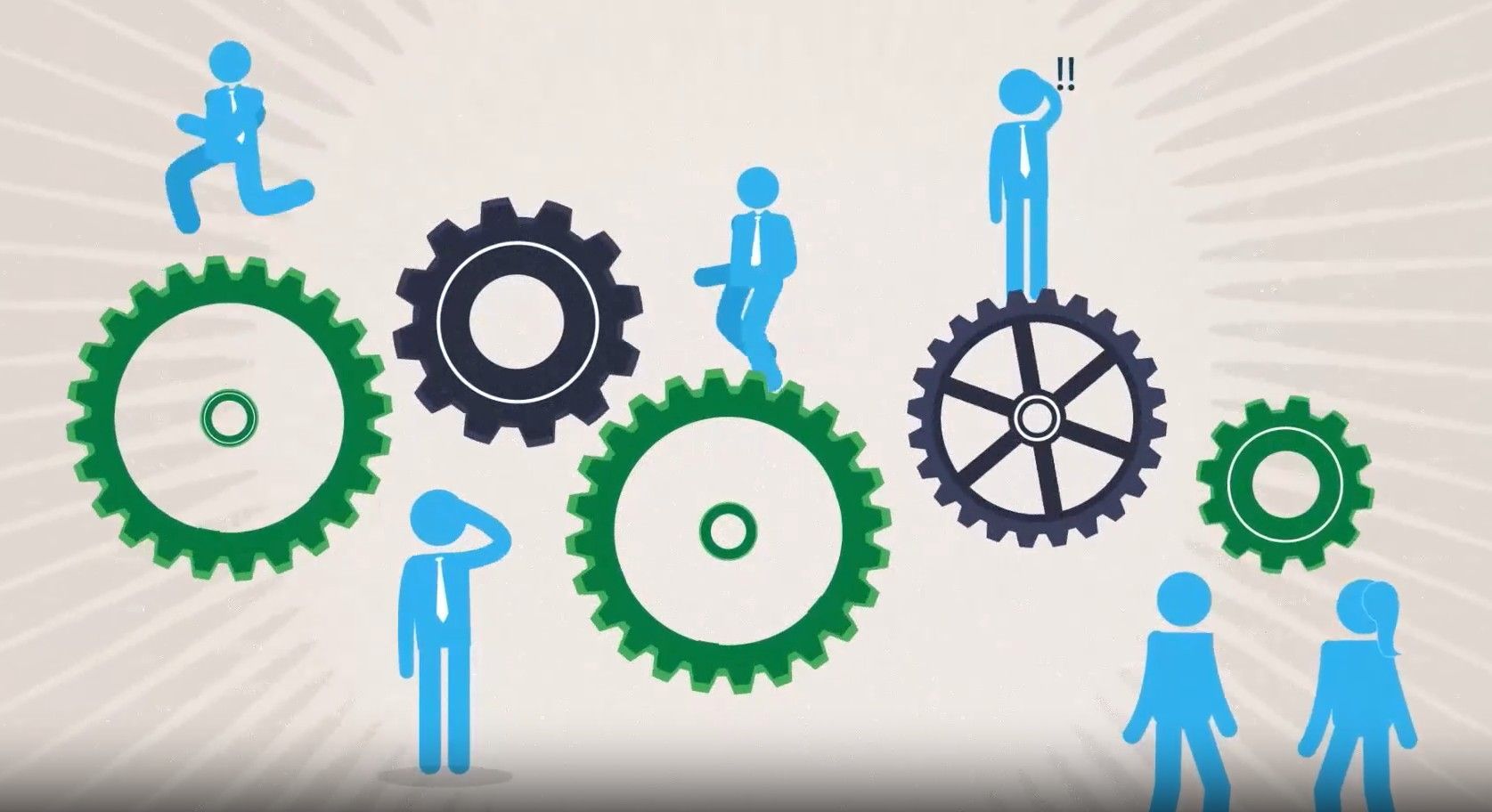An idea resulting from personal observation
Where do entrepreneurs get their great ideas?
August 14, 2025
The answer is just about anywhere.
But here are several sources we’ve seen work wonders.
Over the years we have enjoyed watching entrepreneurs realize their dreams of bringing something of value to the marketplace. This column will cover some of our observations, including a guide to how these entrepreneurs came up with their innovative service or product.
Personality: The successful entrepreneur will have an almost unrealistic view of reality. They’re told their idea will “never work,” for example, but they make it work. In many cases failure is not an option. Getting another new job is not an option, for instance, so they must be successful in their venture. That leads them to close out or minimize many of the risks that the market presents.
The founder of Nvidia once said on a podcast that if he had known how difficult success would be he isn’t sure he would have stuck with the effort it took to build the company. Without the mandate to succeed and a willing suspension of disbelief, he would not
have gone forward.
Here are real cases illustrating what seems to have led to innovation.
The Land of Can: A seventh grader in Chicago with allergies that limited her activity became tired of defining herself by what she couldn’t do. She published a book at that young age that focused on what she could do. Today she owns
The Land of Can, a company that has sold books all over the world and has medical experts on her company’s advisory board. Now she’s a freshman at Duke University and recently won an award for her entrepreneurial success.
Based on Personal Experience: Ron Foxcroft was a referee for college sports and the NBA for decades. Like many entrepreneurs the inspiration for his business came from a problem he faced. As he tells the story in his book, The 40 Ways of the Fox, he was officiating an international basketball game in Brazil when a Brazilian player was fouled. Ron blew the whistle but there was no sound. The “pea” inside the whistle had gotten wet from saliva and failed to function. He hired a designer and together they came up with a whistle that doesn’t require the pea and will always “whistle.” His whistle is now the official whistle of the NBA, the NFL, the NCAA, the NHL, and other professional leagues. Ron’s company, the Foxcroft Group of Companies, now ships 15,000 whistles a day in 140 countries. Luckily for Ron, Brazil won the
contest, but he never wanted to miss making a call again.
- A straightforward example is the race car driver who brought seat belts to the automotive aftermarket in the early 1950s because he thought the general public should be protected just like he was in a race.
- Another is our development of our
FOCIS® Consultative Selling course, which was based on two observations. First, the recognition by our prospects that their current sales presentations were weak, and ineffective. In fact, many on-the-ground sales reps admitted they never used the company presentation because it never helped them. Second, our observation that our clients were unaware of how to customize presentations so that they were planned presentations versus canned ones. They also lacked the discovery skills and process to know how to revise content so that it was of value to the prospect. The course has become our flagship offering.
- I don’t know what inspired the McDonald brothers to open their restaurant, but Ray Kroc indicated his inspiration for the McDonalds restaurants we enjoy today came from simple curiosity. Why was his employer at the time, Prince Castle of Chicago, receiving so many more “mixer” orders from the brothers’ restaurant than any of its other restaurant customers? (Mixers are machines that make milkshakes.) Once he recognized that the fast food concept could transform the restaurant business, he formed a relationship with the McDonald brothers and eventually bought them out.
- And then, finally, last year after a talk I gave at the Small Business Expo on Business to Business Selling (B2B), a woman suggested we get together and compare notes about our companies. When we did that, she shared that her start-up’s overall goal was to console consumers who had suffered the loss of a loved one. But my talk had inspired a new, more specific idea with more business potential. She would help funeral homes improve their businesses by showing more empathy to their customers.
When one of her sons died from a seizure, she was surprised—appalled, in fact—at the lack of empathy the funeral home expressed to her and her family. Her son’s ashes came to her with a death certificate and nothing more, not even a letter thanking her and expressing condolences. There was absolutely no sympathy, just a transaction to bury her son. She realized that the funeral home simply didn’t seem to know how to express empathy to their customers.
The solution was The Memory Box, a business that helps funeral homes communicate the empathy she had so desperately needed but didn’t receive. The empathy would be ongoing over time, not just a one-time effort. The approach is to send gifts to bereaved families to show that their loved ones were not forgotten. She created a series of gifts that would arrive at especially meaningful times—the deceased’s birthday, for instance, or the anniversary of their death. The first gift is a wooden box engraved with the loved one’s initials and designed to hold items that recall meaningful moments in the deceased’s life.
Hobby to business: Some inventors have started with a hobby or special interest and then created a product. Avanti R&D was started by June Martino’s husband, an amateur radio buff. Her husband’s ham radio hobby led him to tinker with different forms of antennae. Just as he was finishing the manufacturing his first antennae the CB Radio craze struck. He expected to sell 5,000 of his antennae in his lifetime and at one point he was selling 5,000 per week. (Fun fact: June was Ray Kroc’s secretary and at one point was the second largest shareholder in McDonalds.)
So, as you can see, there are many sources of the creation process that lead to innovation and entrepreneurship. How can you get started if something doesn’t easily come to mind? Try brainstorming solutions to problems or opportunities you see in your hobbies or other personal and professional activities.
The cure without a disease: We have seen many “cures” for which there is no disease. Just because something is cool in design or concept doesn’t mean there is a true need, which is required to be successful.
The disease with a cure but without a strong sales process: Even if an idea does fulfill a practical need doesn’t mean you will be able to sell it. The world is getting by now without your idea, and you will need a persuasive as well as educational process for helping the world appreciate its merits.
All of these stories of entrepreneurship are examples of value being created by something new. But to see something of value make it in the marketplace it’s important to create value within the sales process. We teach that there are
20 ways to create value for a prospect before they experience the solution.














